The Unique Characteristics and Cultural Importance of Japanese Fruits
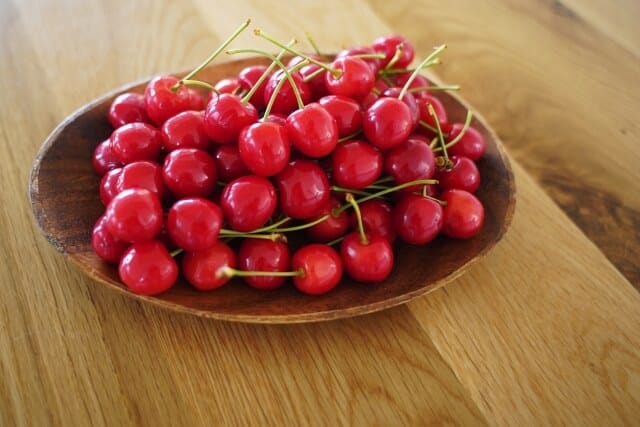
Japanese fruits, renowned for their distinct flavors, have garnered global attention not only for their taste but also for their deep-rooted cultural significance.
These fruits transcend the role of mere nutritional sources and are embedded in the traditions, customs, and celebratory practices of Japan.
In Japanese culture, fruits play a pivotal role in various special occasions. For instance, during New Year celebrations, mandarins and tangerines are often gifted as symbols of good fortune.
Similarly, at weddings, melons and pineapples are exchanged as emblems of fertility and abundance.
These traditions underscore the profound cultural meaning that fruits hold in Japan. They are an integral part of the Japanese way of life, marking the changing seasons and enriching various customs.
For example, strawberries are often enjoyed during spring picnics under cherry blossoms, while persimmons and pears symbolize the arrival of autumn.
Thus, Japanese fruits are significant not just for their delightful flavors but also as vital elements of daily life, intertwining with the nation’s traditions and culture. They are indispensable in understanding the rich history and cultural fabric of Japan.
Historical Background: The Rich Tapestry of Fruit Cultivation in Japan
The history of fruit cultivation in Japan is a fascinating blend of tradition, adaptation, and innovation. This journey through time reveals a deep-rooted connection between the people of Japan and their cherished fruits, an integral part of the country’s cultural and agricultural heritage.

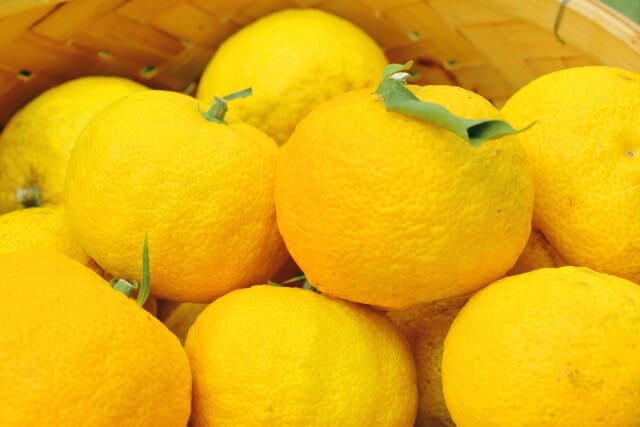
Persimmons and Yuzu – A Millennium of Cultivation:
The cultivation of persimmons (Kaki) and yuzu, a unique Japanese citrus, dates back over a thousand years. Persimmons, originally from China, have been grown in Japan since the 7th century, weaving themselves into the fabric of Japanese life and cuisine.
These fruits are not only a staple in the Japanese diet but also a subject of cultural reverence, often depicted in traditional art and poetry.
Yuzu, known for its distinct aroma and flavor, has been an integral part of Japanese cuisine since the Tang Dynasty. It was initially cultivated in China and Tibet and later found its way to Japan, where it has been used in a variety of culinary applications, from enhancing dishes with its zest to being a key ingredient in ponzu sauce.
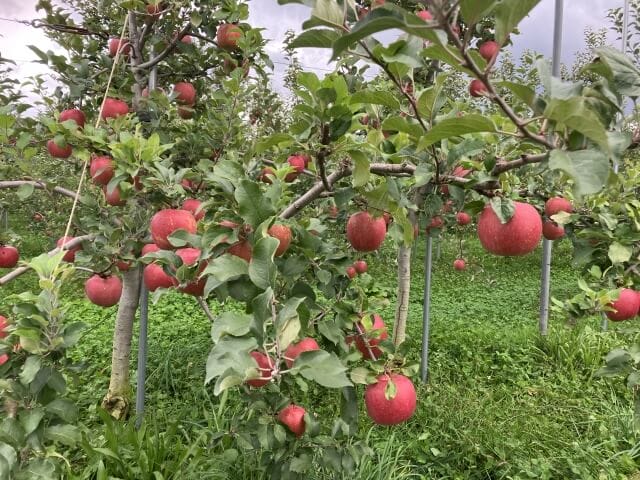
The Introduction of Apples During the Meiji Period:
The Meiji Period (1868-1912) marked a significant turning point in Japanese fruit cultivation, particularly with the introduction of apples. Widespread apple cultivation began during this era, with the most popular variety being the Fuji apple, named after the town in Aomori Prefecture where it was developed in the 1930s. This region, especially the city of Hirosaki, became synonymous with apple production in Japan.
The importation of apple cultivation techniques and varieties during the Meiji Period was part of a broader movement of modernization and Westernization in Japan.
This period saw the introduction of various Western agricultural practices, significantly impacting Japanese fruit cultivation.
Conclusion:
These historical insights into the cultivation of fruits like persimmons, yuzu, and apples underscore the deep connection between Japanese culture and its fruits.
From ancient times to the transformative Meiji era, fruits have played a critical role in shaping the agricultural landscape of Japan, reflecting the nation’s ability to blend tradition with innovation.
As we delve further into the various aspects of Japanese fruits, their cultural significance, and regional specialties, we gain a deeper appreciation for the rich heritage and diversity of Japan’s fruit cultivation.
Major Japanese Fruits: A Showcase of Diversity and Delight
Japan’s fruit repertoire is as diverse as it is delicious, featuring a range of flavors and textures that are deeply embedded in the nation’s culinary and cultural tapestry. Here’s a look at some of the most popular fruits that define the essence of Japanese agriculture and cuisine.
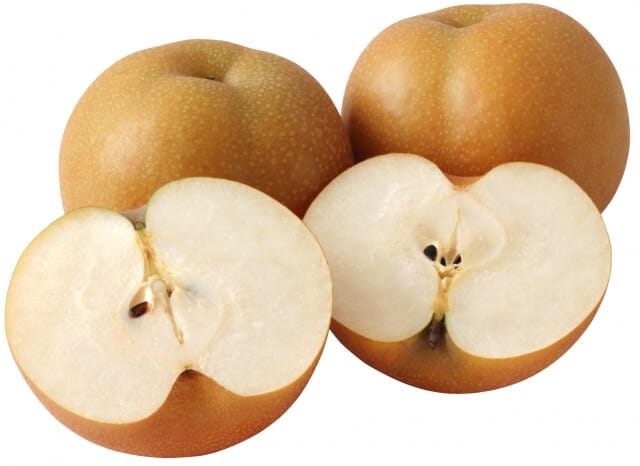
Nashi Pears (梨):
The Nashi pear, distinct from its Western counterparts, is known for its round shape, crispy texture, and juicy sweetness. Cultivated in Japan since pre-historical times, Nashi pears are a staple in the Japanese diet and are particularly enjoyed during late summer and autumn.
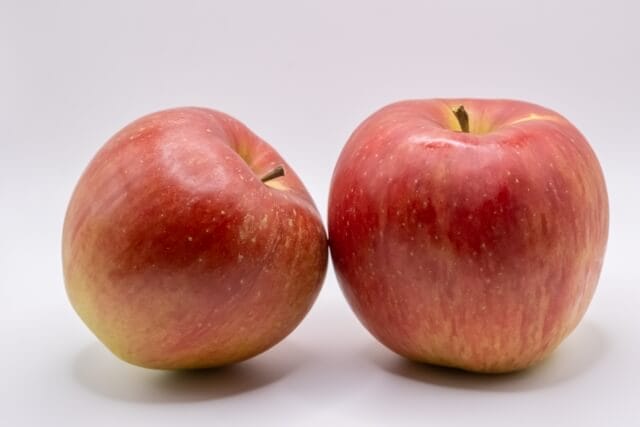
Ringo (Apples, りんご):
Apples, especially the globally recognized Fuji variety, hold a special place in Japan’s fruit culture. Cultivation began in earnest during the Meiji Period, with Aomori Prefecture leading as the country’s top apple-producing region. Japanese apples are known for their crispness and sweetness, commonly consumed raw and revered for their health benefits.

Kaki (Persimmons, 柿):
Persimmons are deeply woven into the fabric of Japanese autumn. With a history stretching back to the 7th century, these fruits are enjoyed both fresh and dried. Their unique taste and texture make them a favorite among locals and a symbol of the autumnal season in Japan.
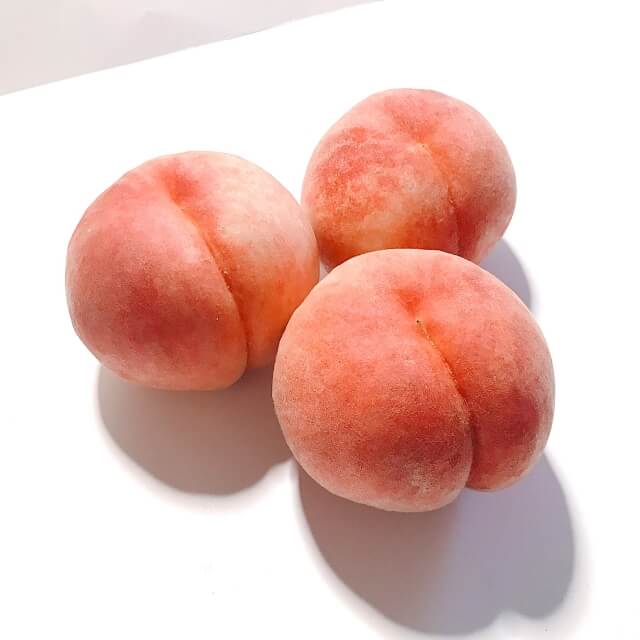
Momo (Peaches, もも):
Japanese peaches are a summer delight, known for their large size, juicy flesh, and delicate flavor. Historically introduced from ancient times, these peaches are a luxury item in Japan, cherished for their superior quality and often presented as high-end gifts.
Citrus Fruits: Japan’s citrus variety is vast and includes:
- Mikan (Mandarin Oranges, みかん): These are the most popular citrus fruits in Japan, known for their easy peel and sweet flavor. Mikan is a winter staple and often appears in New Year celebrations.
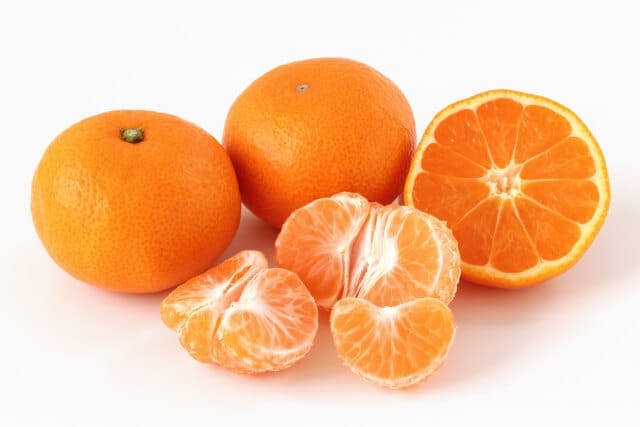
- Yuzu (ゆず): This fragrant citrus fruit is not typically eaten raw but is widely used in Japanese cuisine for its zest and juice, adding a unique flavor to dishes and sauces.

- Dekopon (デコポン): A larger, sweet variety of citrus with a distinctive bump on the top. Cultivated originally in Nagasaki and later in Kumamoto, Dekopon has become a highly appreciated fruit for its juicy and sweet taste, often enjoyed fresh.
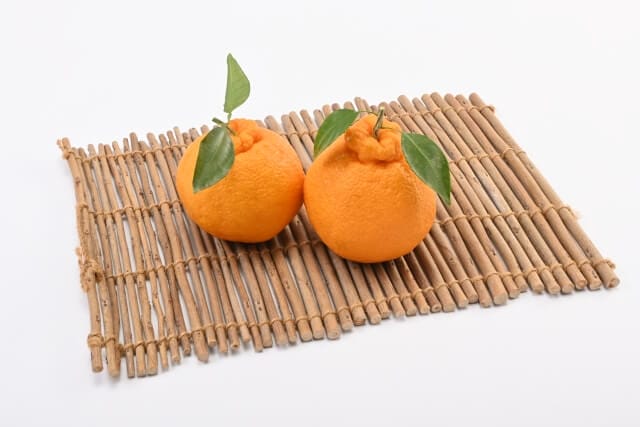
These fruits not only offer a taste of Japan’s rich agricultural heritage but also reflect the country’s commitment to quality and refinement in fruit cultivation. Each fruit, with its unique history and characteristics, contributes to the colorful mosaic of Japanese gastronomy and cultural traditions.
Exquisite Fruit Sandwiches in Japan: A Culinary Delight
In Japan, fruit sandwiches are not just a treat but a culinary art form, combining the freshness of fruits with soft, fluffy bread. Here are some top recommendations for experiencing this unique Japanese delicacy:

IMANO Fruit Factory (Tokyo, Kayabacho): This establishment is known for using fresh fruits directly sourced from local markets. Their fruit sandwiches, filled with chunky fruit pieces, are very popular, and they offer seasonal varieties too. During summer, expect delightful sandwiches with melon and mango.
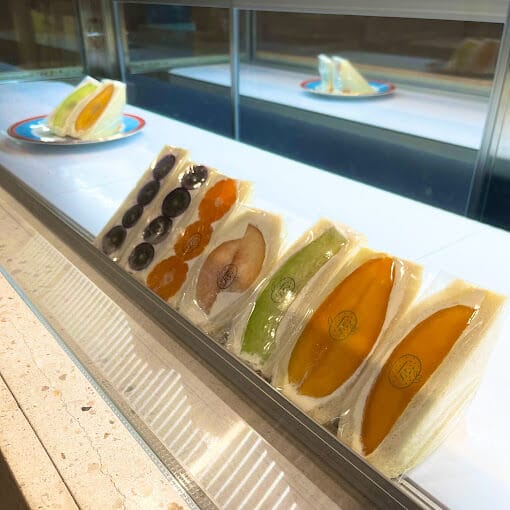
Fruits and Season (Ebisu): As Japan’s first vegan fruit sandwich specialty shop, Fruits and Season prides itself on using seasonal fruits selected by Daiwa Super from Aichi Prefecture. They use soy milk instead of dairy for both the bread and cream, contributing to food waste reduction efforts.

Furutoshi (Ginza): At Furutoshi, the fruit sandwich is part of a morning buffet ‘choose your plate’ option. Supervised by Yoyogi Hachiman’s ‘365 days’, these sandwiches are so popular that they often sell out early on weekends.
Each of these places offers a unique twist on the fruit sandwich, enchanting customers with both flavor and presentation. Their commitment to quality ingredients and the freshness of fruits ensures a delightful culinary experience. Do visit these shops for a taste of Japan’s innovative approach to a simple yet delightful dish.

